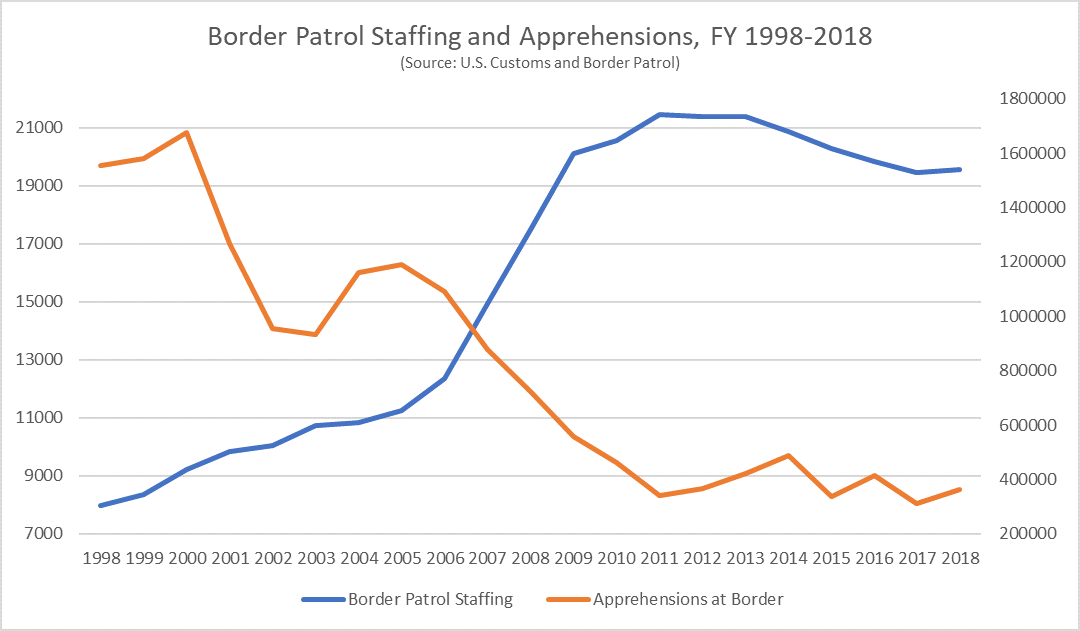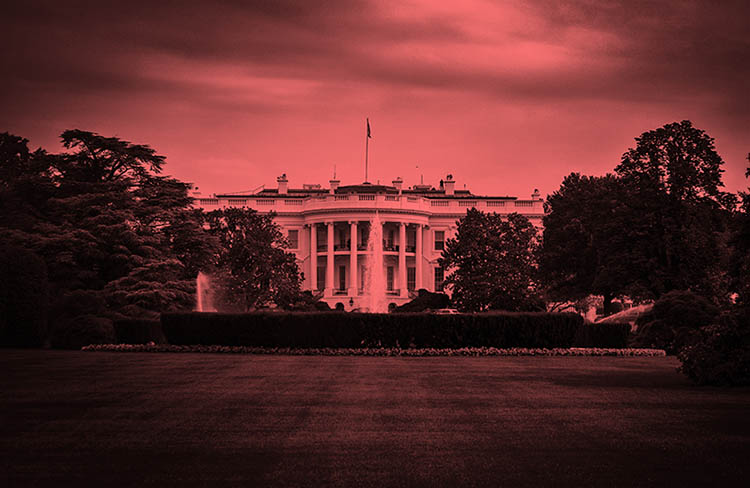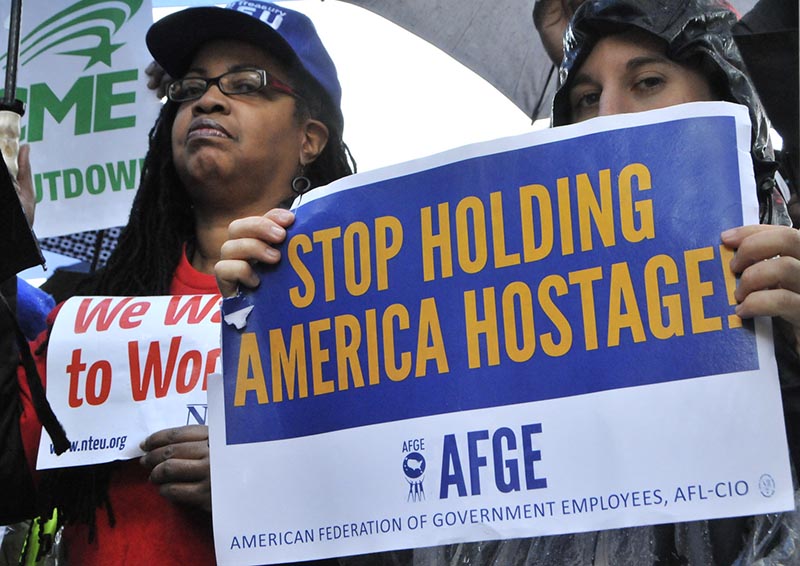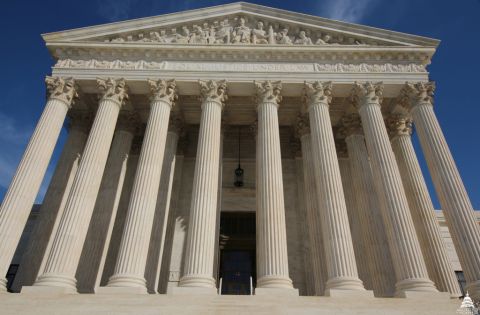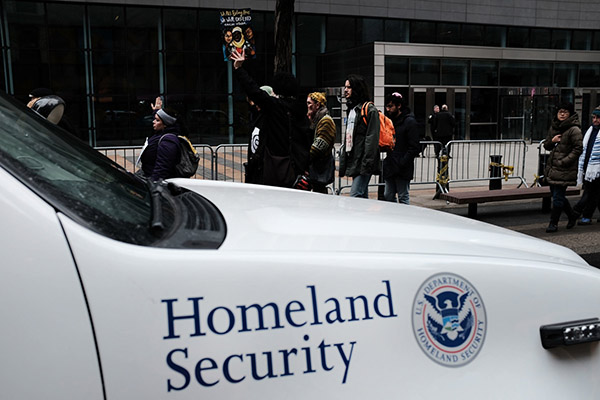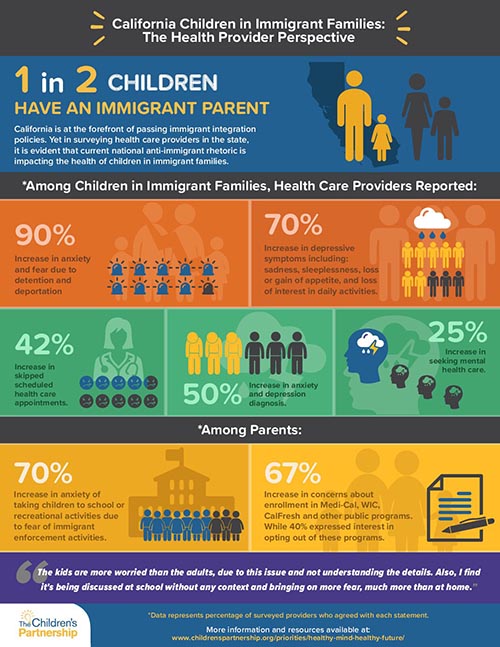More Spending on Border Will Secure Only More Suffering
THE TORCH: CONTENTSBy Holly Straut-Eppsteiner
JANUARY 30, 2019
After a catastrophic and unprecedented government shutdown, lawmakers are convening this week to negotiate a border security plan amid persistent threats from the president that he might shut the government down again three weeks from now. The hysteria surrounding President Trump’s demands for a wall and increased funding for border security gives the illusion that the U.S.-Mexico border remains a lawless expanse that migrants are free to cross. In fact, since the 1990s, the U.S.-Mexico border has become increasingly fortified with both physical and political infrastructure that has made migration more difficult and dangerous. Border militarization has come at a significant cost for both U.S. taxpayers and border-crossers seeking safety and opportunity in the United States.
Annual appropriations for interior and border enforcement have increased tremendously in recent years, and federal spending on enforcement has totaled $263 billion since 1986. With it, the government has built nearly 700 hundred miles of physical barriers along the U.S.-Mexico border and hired tens of thousands of interior and border enforcement agents. Between fiscal years 2003 and 2016, the number of Border Patrol agents doubled and the number of U.S. Immigration and Customs Enforcement (ICE) agents working in ICE’s Enforcement and Removal Operations tripled. Since the U.S. Department of Homeland Security (DHS) was established in 2003, the budget for U.S. Customs and Border Protection (CBP) has grown from $5.9 billion to more than $14 billion in 2018. Appropriations for CBP for 2018 included $1.57 billion for “physical barriers and associated technology along the Southwest border.”
When we set aside hyperbole and examine the data, it becomes clear how unnecessary even more border spending really is. As shown in the graph below, Border Patrol staffing (the blue line indicated by numbers on the left axis) skyrocketed as apprehensions (orange line, numbers on the right axis) tumbled since the mid-2000s. In fact, contrary to the misinformation frequently put out by the Trump administration, the undocumented population has decreased in recent years. Net migration from Mexico, the largest source of migrants to the U.S., has decreased since 2010. Undocumented migration from Mexico is now near zero. Net Mexican migration is, in fact, negative, meaning more people are returning to Mexico than entering the U.S.
Migration scholars have found that as the border has become more militarized, making travel back and forth more dangerous and difficult, migrants have increasingly opted to settle permanently in the U.S. Rather than maintaining families in their countries of origin and supporting them through U.S.-based jobs, migrants have developed strong social ties in their U.S. communities and are raising U.S. citizen children.
When these settled migrants are deported, their ties to the U.S. are so strong that deterrence policies at the border — even detention — are ineffective: People with homes and families in the U.S. are significantly likely to plan to cross again despite interactions with border enforcement.
The costs of border militarization, however wasteful, are more than financial. There are also human costs. Migrants crossing the U.S.-Mexico border do so at great risk, facing hazards, including drowning, dehydration, hypothermia, exposure, and assault. “Deterrence” programs such as DHS’s “lateral repatriation” ATEP, which deports migrants to places far from where they were initially detained, are largely ineffective even as they make crossing more dangerous.
The Trump administration has sought to ramp up spending on border “security” in response to refugees from violence and persecution in Central America applying for asylum at the border. Seeking asylum is a legal right. Moreover, supporting people’s right to seek refuge is part of the fabric of U.S. immigration policy.
Yet the Trump administration has designed policies intended to deter people from seeking asylum at the southern border, policies that include separating families, limiting the number of asylum claims processed per day and, most recently, requiring asylum-seekers to wait in Mexico. As a result, people are trying to cross in more remote desert areas, like rural southern New Mexico. The risks of such crossings have been made all too clear by the recent tragic deaths of two migrant children.
The International Organization for Migration’s Missing Migrants Project tracks deaths along global migratory routes. Since 2014, it has recorded 1,468 deaths along the U.S.-Mexico border. Only one month into 2019, 12 deaths have already been recorded there. Surely there are better ways to spend $5 billion than to continue building border security infrastructure that is not only wasteful but that inevitably will lead to greater human suffering.
Holly Straut-Eppsteiner is NILC’s Mellon/ACLS Public Fellow and research program manager.






